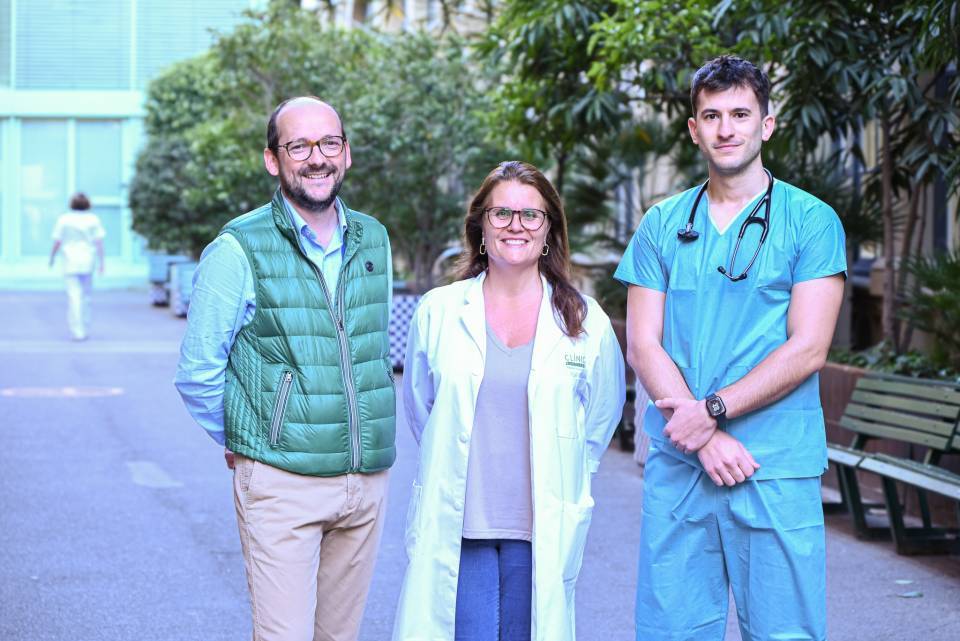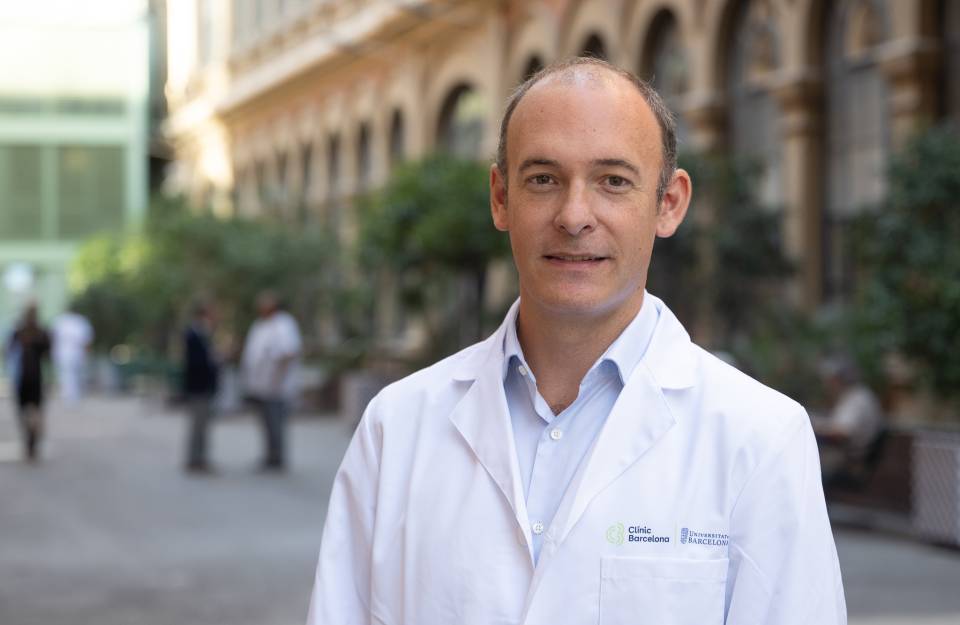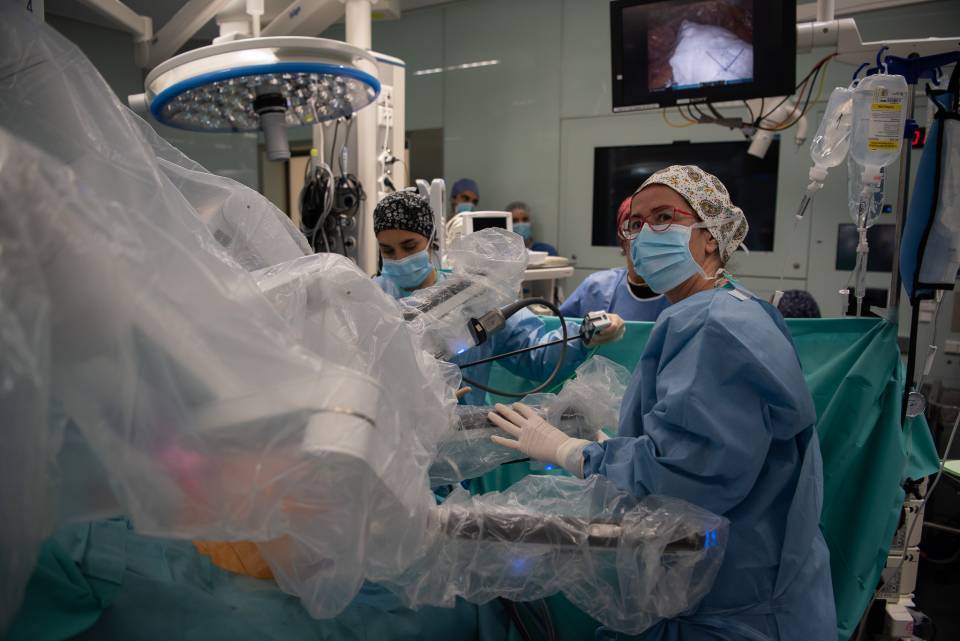Brugada syndrome is a rare hereditary heart disease that can cause sudden malignant ventricular arrhythmias and sudden cardiac death (SCD), especially in young patients. It was first described by Josep Brugada, the head of the IDIBAPS research group Familial cardiomyopathies and sudden death syndrome and one of the authors of the study. It was previously thought that several general and local anaesthetics could trigger these arrhythmias, which is why they were systematically avoided in this group of patients.
Now, this study conducted by IDIBAPS-Hospital Clínic has retrospectively analysed nearly 190 anaesthetic procedures performed in the last 18 years. The research team found that, although 68% of the procedures in patients with Brugada syndrome were performed with drugs classified as ‘not recommended’, only two serious arrhythmias (1%) were reported that coincided in time with the handling of an intracardiac device.
‘This research was essential because the anaesthetic management of patients with Brugada syndrome was previously based more on precaution than on scientific evidence. Our results provide peace of mind and better tools for daily clinical practice’, explains Elena Arbelo, a cardiologist who is an expert in Brugada syndrome and a researcher in the IDIBAPS research group Familial cardiomyopathies and sudden death syndrome.
‘It is the largest cohort published to date in this area and shows that many of the anaesthetics considered risky can be used safely if carefully controlled’, says Marc Giménez-Milà, a researcher in the IDIBAPS research group Atherosclerosis coronary disease and heart failure and one of the leaders of the project.
The study takes an important step towards improving the clinical management of Brugada syndrome and contributing to the safety of anaesthetic procedures in this population. ‘This study helps us to move past old dogmas and allows us to offer more precise and personalised care to our patients with Brugada syndrome, making it possible to use highly effective drugs when they can be administered with the appropriate precautions’, explains Jaume Borrell-Vega, an anaesthesiologist at Hospital Clínic and the first author of the article.
The research was carried out entirely at IDIBAPS-Hospital Clínic and was partially funded by La Marató de TV3 (project 245/U/2020).




